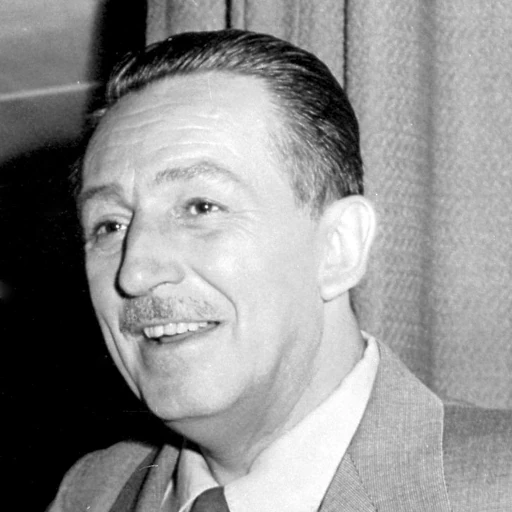“Animation is different from other parts. Its language is the language of caricature. Our most difficult job was to develop the cartoon’s unnatural but seemingly natural anatomy for humans and animals.”

- December 5, 1901 – December 15, 1966
- Born in the United States
- Animator, film director, entrepreneur, producer
- Best known as the creator of Mickey Mouse, he established the animation film industry. As the founder of Disneyland, he is globally recognized as an iconic figure in the world of entertainment.
Quote
“Animation is different from other parts. Its language is the language of caricature. Our most difficult job was to develop the cartoon’s unnatural but seemingly natural anatomy for humans and animals.”
Explanation
In this quote, Walt Disney describes the unique challenges of animation, particularly in developing characters that are both exaggerated and believable. The language of animation, according to Disney, is rooted in caricature, where characters’ features are often exaggerated for comedic or emotional effect. However, despite this unnatural distortion, the characters still need to appear natural and lifelike enough for the audience to connect with them. Disney and his animators had to find the balance between artistic license and realism, ensuring that the anatomy of both humans and animals was not only recognizable but also expressive, conveying emotion and personality in a way that resonated with audiences.
Historically, Disney’s animation studio was at the forefront of perfecting this balance. The development of characters like Mickey Mouse and Donald Duck required not just technical skill but also a deep understanding of human and animal anatomy. The animators had to study real-life movement and structure to create characters that could move naturally, even though they were drawn in an exaggerated, cartoonish style. This led to the development of techniques such as squash and stretch, which gave characters a sense of physicality and emotion, despite their caricatured forms. Disney’s innovation in this area was pivotal in making animated characters feel alive, with personalities that audiences could easily relate to.
In the modern context, Disney’s challenge of creating believable caricatures remains a core element of animated storytelling. Films from studios like Pixar and DreamWorks still rely on the principles that Disney helped establish—characters must feel both exaggerated and authentic at the same time. The anatomy of animated characters has continued to evolve with technological advancements, but the underlying principle remains the same: characters must resonate with audiences by being expressive, relatable, and visually engaging. Disney’s words remind us that creating powerful animation requires not just technical skill but also the ability to convey emotion and humanity through visual exaggeration.
